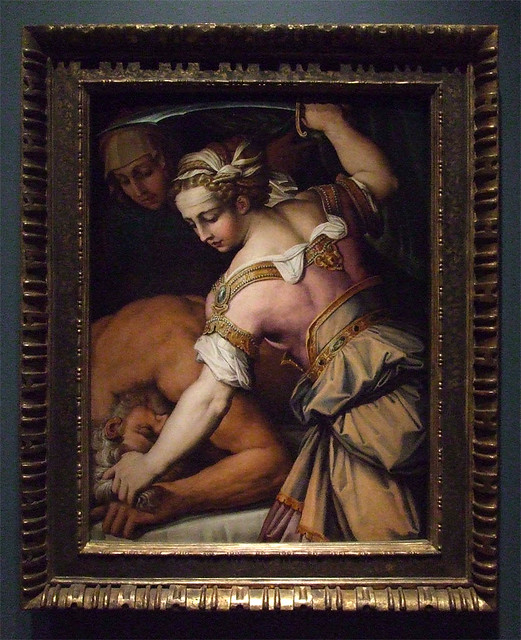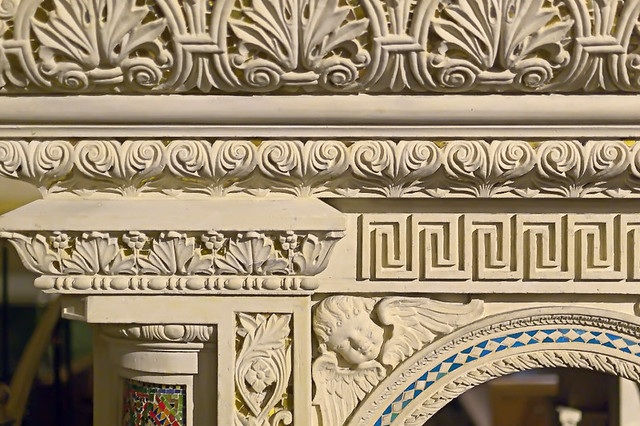
Richly detailed carved ornament, on the pulpit of the Cathedral Basilica of Saint Louis.
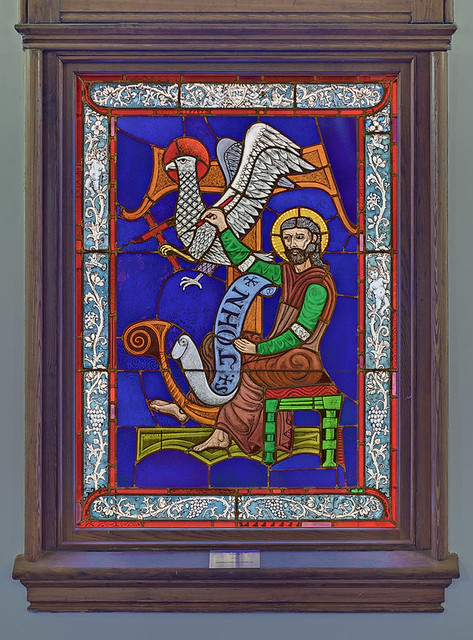
Recalling with great fondness my four-day visit to the United Kingdom last September, I am glad to have the opportunity to greet you once again, and indeed to greet listeners everywhere as we prepare to celebrate the birth of Christ.
Our thoughts turn back to a moment in history when God's chosen people, the children of Israel, were living in intense expectation.
They were waiting for the Messiah that God had promised to send, and they pictured him as a great leader who would rescue them from foreign domination and restore their freedom.
God is always faithful to his promises, but he often surprises us in the way he fulfils them.
The child that was born in Bethlehem did indeed bring liberation, but not only for the people of that time and place - he was to be the Saviour of all people throughout the world and throughout history.
And it was not a political liberation that he brought, achieved through military means: rather, Christ destroyed death for ever and restored life by means of his shameful death on the Cross.
And while he was born in poverty and obscurity, far from the centres of earthly power, he was none other than the Son of God.
Out of love for us he took upon himself our human condition, our fragility, our vulnerability, and he opened up for us the path that leads to the fullness of life, to a share in the life of God himself.
As we ponder this great mystery in our hearts this Christmas, let us give thanks to God for his goodness to us, and let us joyfully proclaim to those around us the good news that God offers us freedom from whatever weighs us down; he gives us hope, he brings us life.
Dear friends from Scotland, England, Wales and indeed every part of the English-speaking world, I want you to know that I keep all of you very much in my prayers during this Holy season.
I pray for your families, for your children, for those who are sick, and for those who are going through any form of hardship at this time.
I pray especially for the elderly and for those who are approaching the end of their days.
I ask Christ, the light of the nations, to dispel whatever darkness there may be in your lives and to grant to every one of you the grace of a peaceful and joyful Christmas.
May God bless all of you
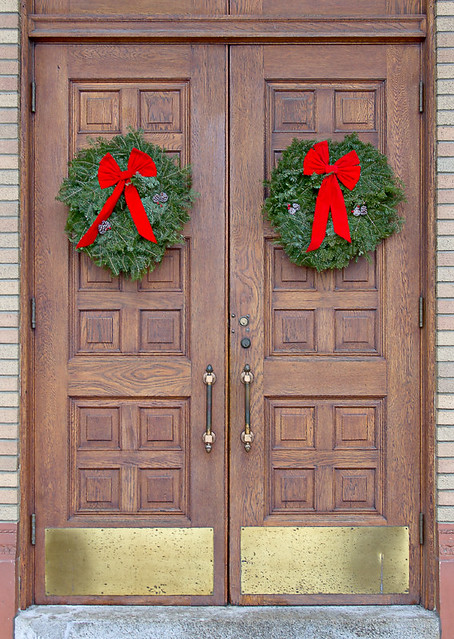
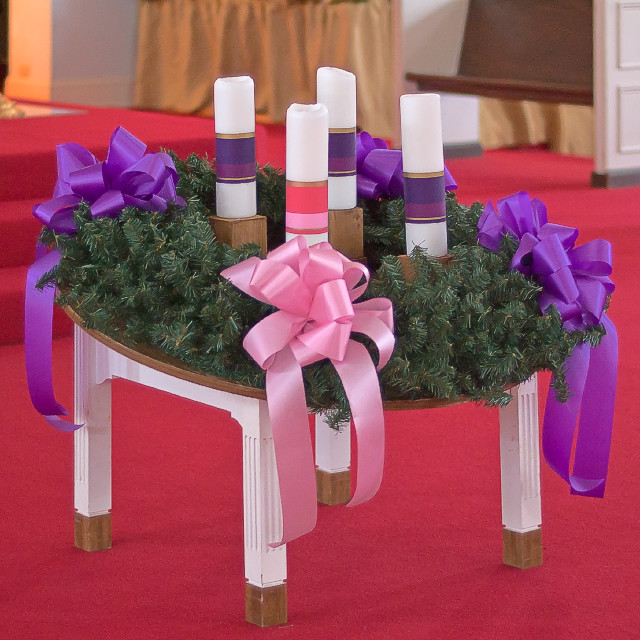
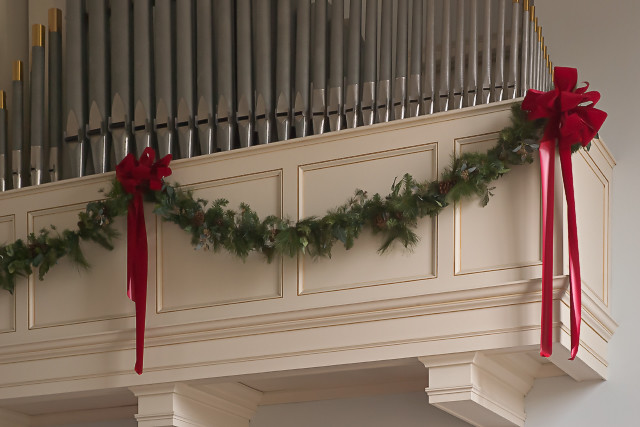
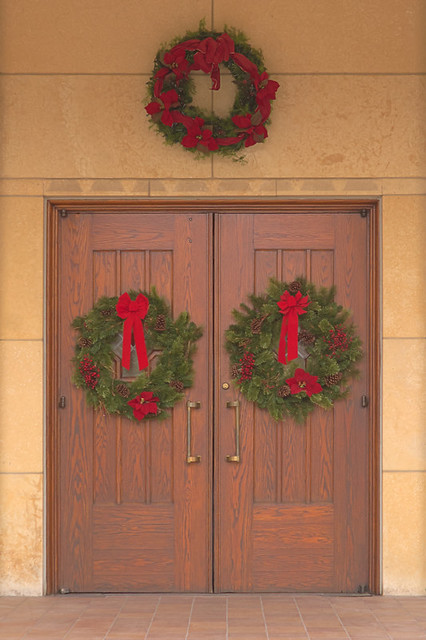
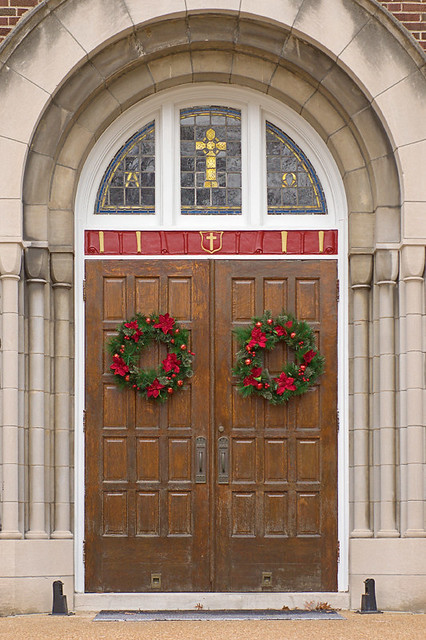
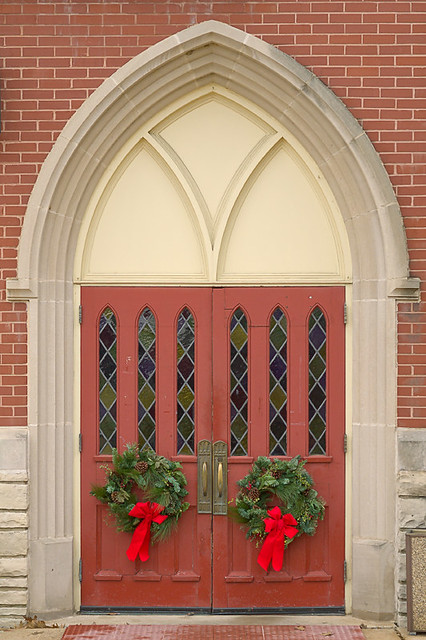
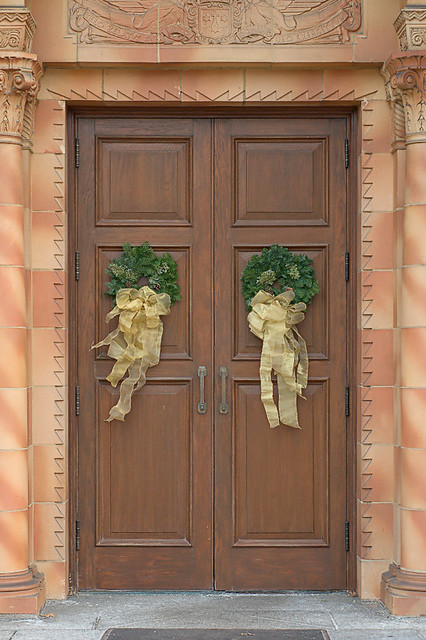
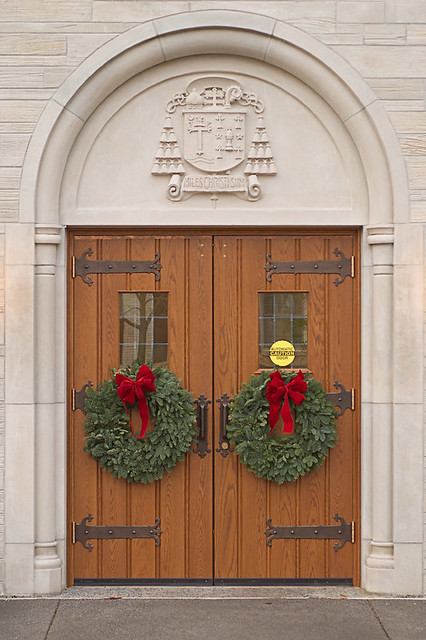
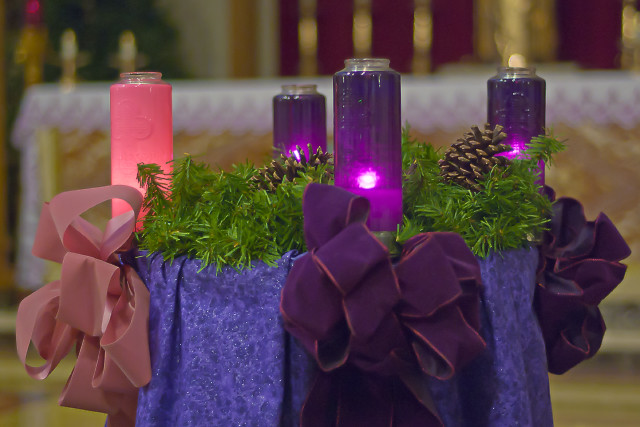
By virtue of my Episcopal authority as the Ordinary of the Particular Church of the Diocese of Phoenix, and in accord with Canon 216 of the Code of Canon Law, I hereby revoke my consent for the following organization to utilize in any way the name “Catholic.”Here is Canon 216, from the Code of Canon Law:
• St. Joseph’s Hospital and Medical Center, Phoenix, AZ
After much time and effort in cooperation with the leadership of Catholic Healthcare West and having studied the matter carefully with the assistance of experts in medical ethics, moral theology, and canon law, it has been determined that the aforementioned organization no longer qualifies as a “Catholic” entity in the territory of the Diocese of Phoenix. For the benefit of the public good, particularly amongst the Christian Faithful, I decree that the organization listed above may not use the name Catholic or be identified as Catholic in the Diocese of Phoenix.
The reason for this decision is based upon the fact that, as Bishop of Phoenix, I cannot verify that this health care organization will provide health care consistent with authentic Catholic moral teaching as interpreted by me in exercising my legitimate Episcopal authority to interpret the moral law.
This Decree of Removal of my consent goes into effect as of this day, and will remain in effect indefinitely, until such time as I am convinced that this institution is authentically Catholic by its adherence to the Ethical and Religious Directives of the United States Conference of Catholic Bishops, in addition to the standards of Catholic identity set forth in official church documents, Caholic theology, and canon law.
Given this day, December 21, 2010 at the Chancery of the Diocese of Phoenix
+ Thomas J. Olmsted
Bishop of Phoenix
Sr. Jean Steffes, CSA
Chancellor
Since they participate in the mission of the Church, all the Christian faithful have the right to promote or sustain apostolic action even by their own undertakings, according to their own state and condition. Nevertheless, no undertaking is to claim the name Catholic without the consent of competent ecclesiastical authority.A faithful Catholic ought to believe what the Church believes, and ought to want to be obedient to the Church and her bishops, even if they don't understand why. Most specifically, they shouldn't argue with their Bishop and deny his authority.
“‘You shall love the Lord your God with your whole heart, and with your whole soul, and with your whole mind, and with your whole strength.’ This is the greatest and the first commandment. And the second is like it: ‘You shall love your neighbor as yourself.’ On these two commandments depend the whole Law and the Prophets.”
The Rev. Francis X. Cleary was 20 years old and about to enter the Society of Jesus at St. Stanislaus Seminary in Florissant when Jesuits performed an exorcism on a 14-year-old boy in the old psychiatric wing of Alexian Brothers Hospital on south Broadway.Saint Louis University has an obituary here.
The event would become the basis for William Peter Blatty's 1971 novel "The Exorcist" and the hit movie that followed. It also would remain a fascination for Father Cleary, who later in life became an unofficial historian of the event; the go-to Jesuit on all matters "Exorcist," both real and fabled.
Father Cleary, who was ordained in 1963 and became a renowned biblical scholar at St. Louis University, died Wednesday (Dec. 8, 2010) of infirmities at Jesuit Hall at SLU. He was 81.
- Click here for the full obituary.
 SAINT FRANCIS DE SALES ORATORY EMAIL NEWSLETTER 2653 Ohio Avenue Saint Louis, Missouri 63118 www.institute-christ-king.org www.TraditionForTomorrow.com 314-771-3100 | ||
|
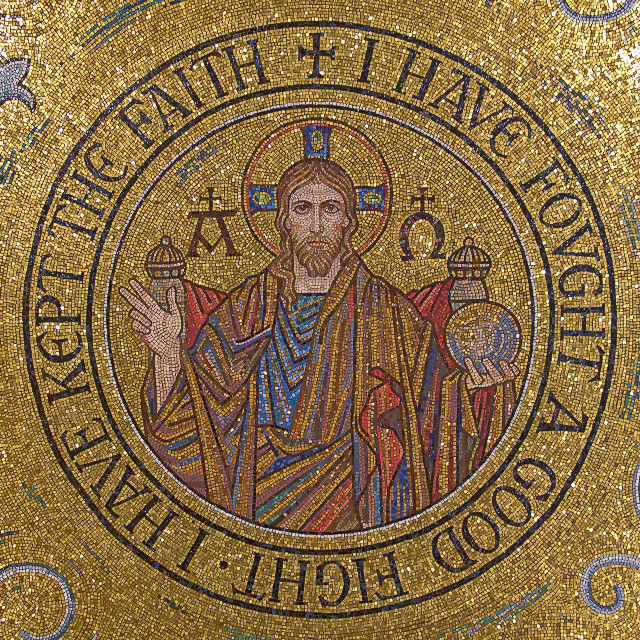
Hence, following that via pulchritudinis that the Servant of God Paul VI indicated as fecund itinerary of theological and Mariological research, I would like to note the profound syntony [resonant harmony] between theological and mystical thought, the liturgy, Marian devotion and the works of art that, with the splendor of colors and shapes, sing the mystery of the Assumption of Mary and her heavenly glory together with her Son. Among the latter, I invite you to admire two of them that are particularly significant in Rome: the mosaics of the apse of the Marian Basilicas of St. Mary Major and Santa Maria in Trastevere.The via pulchritudinis, or Way of Beauty, has been a constant inspiration for the People of God, dating at least as far back as the Old Testament's tabernacle in the wilderness, which was richly and magnificently decorated — it wasn't a mere tent.
Theological and spiritual reflection, liturgy, Marian devotion, and artistic representation truly form a whole, a complete and effective message, capable of arousing the wonder of eyes, of touching the heart and of enticing the intelligence to a more profound understanding of the mystery of Mary in which we see our destiny reflected clearly and our hope proclaimed.
Therefore, I take advantage of this occasion to invite experts in theology and Mariology to follow the via pulchritudinis, and I hope that, also in our days, thanks to a greater collaboration between theologians, liturgists and artists, incisive and effective messages can be offered to the admiration and contemplation of all.
— Pope Benedict XVI, December 17th, 2010; Address to the Pontifical Academies [source]
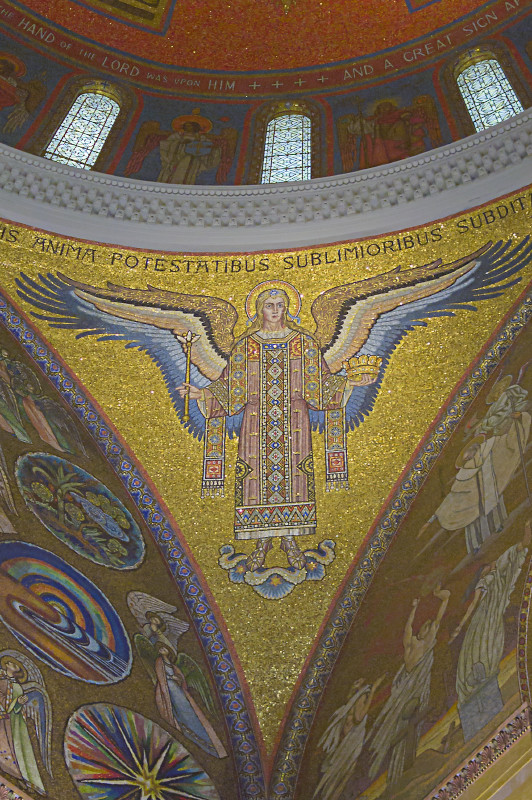

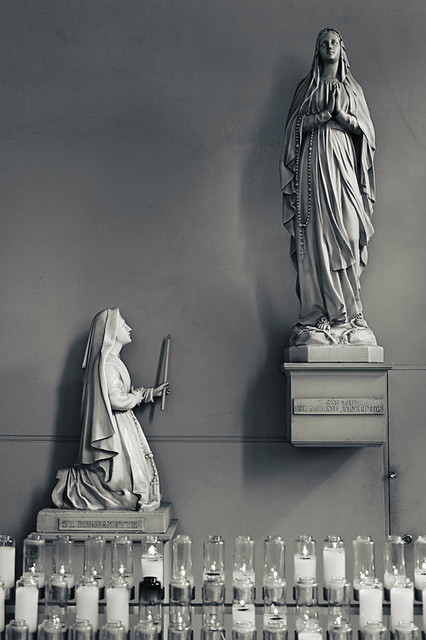
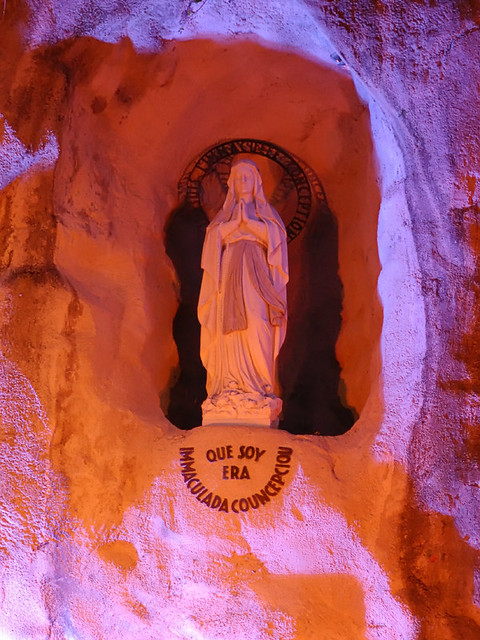
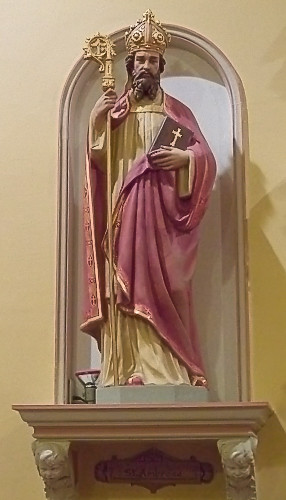
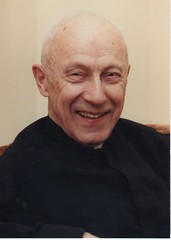 THE CAUSE FOR the canonization of John Anthony Hardon, S.J., is taking place at the Fr. John Hardon S.J. Archive and Guild, located near the Cathedral in Saint Louis. From the Archive's website:
THE CAUSE FOR the canonization of John Anthony Hardon, S.J., is taking place at the Fr. John Hardon S.J. Archive and Guild, located near the Cathedral in Saint Louis. From the Archive's website: “All these years of remaining faithful to the Catholic Church in spite of widespread opposition to what I believed, these were the years when I learned clearly and deeply that to remain a bonafide Catholic teacher of Catholic Doctrine was, honestly, the most demanding enterprise of my whole life.”Fr. Hardon was best known for his catechetical programs.

A thrilling voice by Jordan rings, Rebuking guilt and darksome things: Vain dreams of sin and visions fly; Christ in his might shines forth on high.
Now let each torpid soul arise, That sunk in guilt and wounded lies; See! the new Star's refulgent ray Shall chase disease and sin away.
The Lamb descends from heaven above To pardon sin with freest love: For such indulgent mercy shewn With tearful joy our thanks we own:
That when again he shines revealed, And trembling worlds to terror yield,
He give not sin its just reward,
But in his love protect and guard. All praise, eternal Son, to thee
Whose Advent doth thy people free; Whom with the Father we adore, And Holy Ghost, for evermore. Amen.
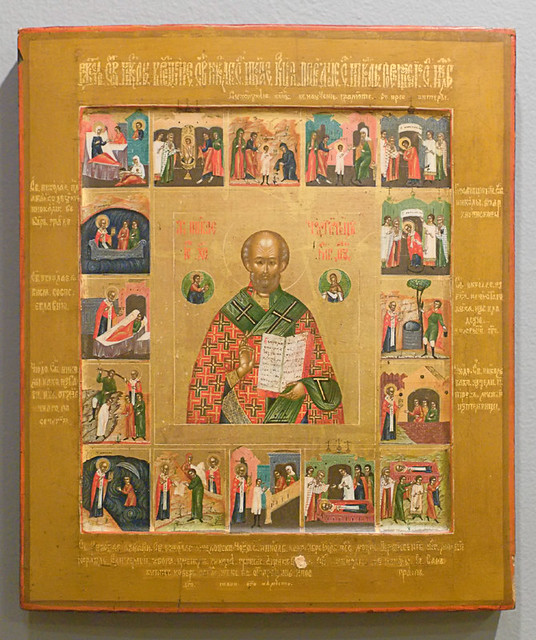
The Archdiocese of St. Louis is happy to announce the appointment of Bishop-designate Edward M. Rice, who will succeed Auxiliary Bishop-emeritus Robert J. Hermann as the Auxiliary Bishop of the Archdiocese of St. Louis.
Bishop-designate Rice said he has "a great love for the Church in St. Louis, and relying on the example and support of Bishop-emeritus Hermann, who served so faithfully, I too look forward to serving them in this new capacity." He was appointed Bishop-designate at 5:00 a.m. St. Louis time by Pope Benedict XVI, and will be ordained on January 13, 2011, by Archbishop Robert J. Carlson, at the Cathedral Basilica of St. Louis.
Born in 1960, and having been a St. Louisan all his life, Bishop-designate Rice has touched the lives of many throughout the Archdiocese. He has served as a pastor or associate pastor at three different parishes, directed the Cardinal Glennon College Seminary, has given many retreats, and is currently the Director of the Archdiocesan Office of Vocations.
— Source.
